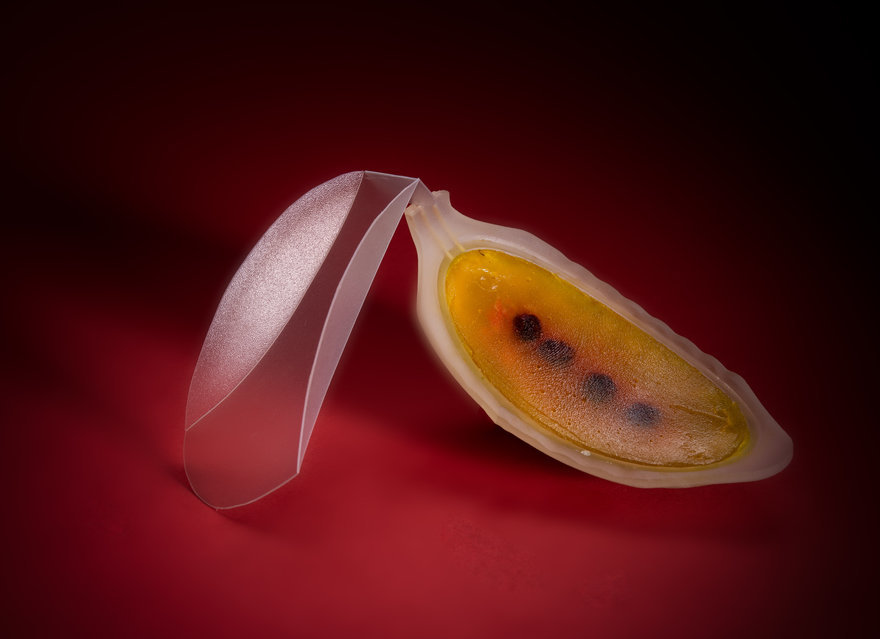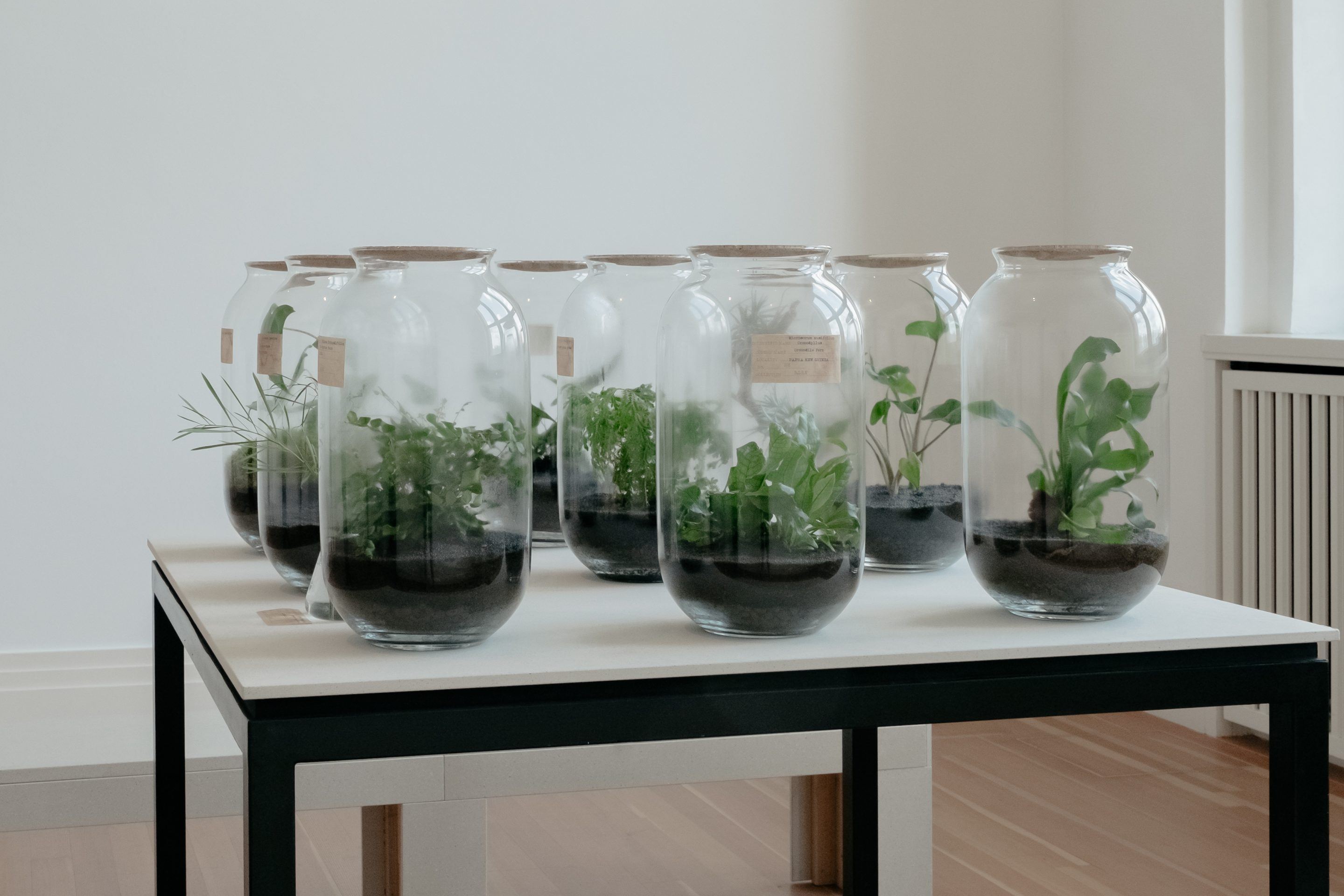Our weekly serving of off-the-menu items – a few popular favorites from the week, as well as a few morsels that may have slipped your notice.
IBM has announced the release of Hypertaste, its AI-based ‘e-tongue’ that can identify liquids that aren’t fit for consumption. Hypertaste is predicted to be useful for scenarios like detecting counterfeit alcohol, or determining water quality. Unlike other methods for testing liquid quality – which usually requires samples to be sent to a lab for an extended period of time – Hypertaste can deliver results immediately.
 David Douglas Duncan’s photo of Picasso eating fish is on view at “Sleep With the Fishes.”
David Douglas Duncan’s photo of Picasso eating fish is on view at “Sleep With the Fishes.”
Seafood and Art Throughout the Ages
On view at the Robert Mann Gallery in Chelsea until August 16 is “Sleep With the Fishes,” an exhibition showcasing photography of sea life. The exhibition includes 29 photos dating back to the 1890s, many of which feature seafood and fish on the table.
 Photo taken from Amy Goldman’s “The Melon.”
Photo taken from Amy Goldman’s “The Melon.”
Seeing the World through the Humble Melon
After nine summers of traveling, author Amy Goldman has released her book The Melon, a documentation of 85 different melons and 40 watermelons from around the world. Inspired by her own love and appreciation for melons, Goldman wanted to record the fruit’s varieties, and how to take care of them. While commercial farming usually focuses on hardy, longer lasting melons (like your classic grocery-store cantaloupe or watermelon), some of the lesser-known varieties are only being kept alive by single families.
The Race for Fish-less Fish Begins
After focusing on the development of its renowned “bleeding” burger, Impossible Foods is taking the next step in the alternative meat market, working to create plant-based “fish.” The company recently produced an anchovy-flavored broth made solely with plants, to be used for dishes like paella. If successful in developing a fish alternative, Impossible Foods could help reduce the swiftly mounting consequences of overfishing.
This photography series from Sinziana Velicescu explores “the impact of human intervention on nature.” The project centers around the stark contrast between foliage placed in urban settings, often highlighting plants growing in unusual places.


















